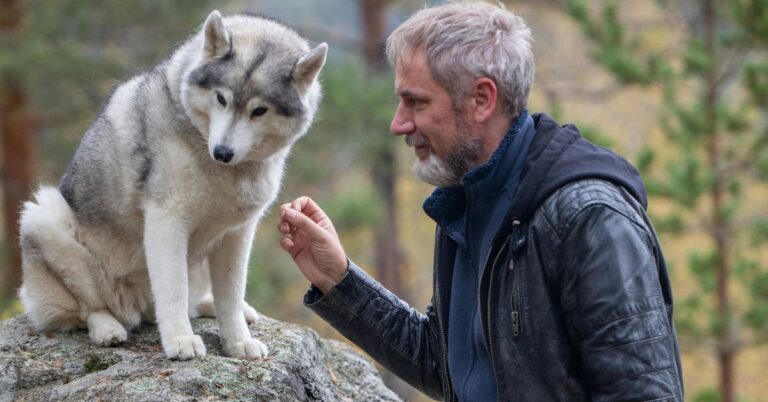10 Clues That Your Dog Walker Could Be Mistreating Your Dog
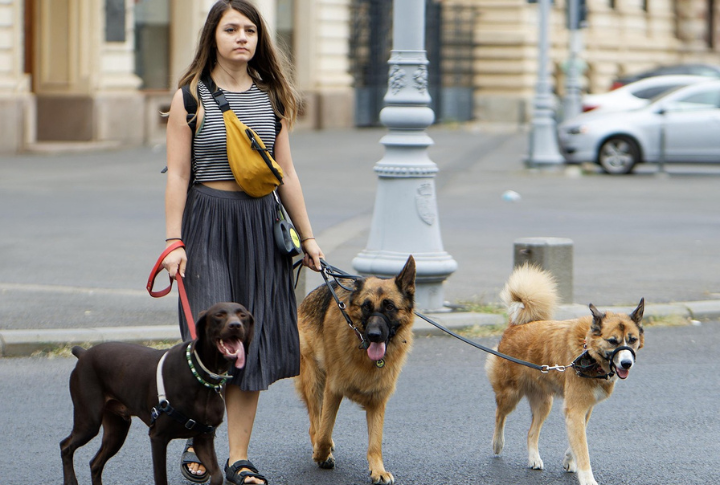
Trusting someone with your pup isn’t easy. You hope they get the care and attention they deserve, but what if that’s not happening? Dogs can’t tell us when something is wrong, but their actions can. Here’s how to recognize signs that your dog walker might not be as kind as they seem.
Act Scared

Fear doesn’t lie. Your four-legged companion suddenly hesitates before a walk or hides when the leash comes out; something isn’t right. Canines thrive on routine, and a good walk should be the highlight of their day. Yours seems reluctant or even terrified; they may have learned to associate the walker with something unpleasant.
Unexplained Injuries
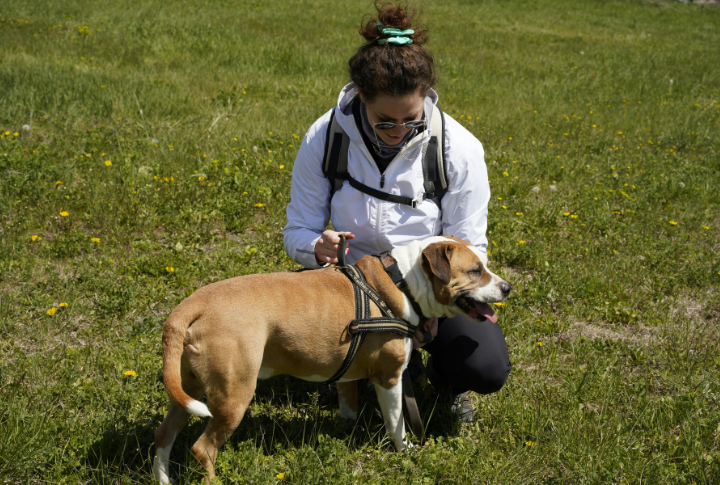
How does a pet get bruises? Unlike humans, their fur provides a natural cushion, making bruising rare. Do you notice visible marks or unexplained pain? The force required to cause it was significant. A professional walker should immediately report accidents, not wait for you to discover them later.
Changes In Eating

A canine’s appetite tells a story. Stress and even physical pain can lead to sudden changes in eating or drinking habits. Consider it a red flag if your pooch skips meals or drinks excessively after a walk. Stress-related eating issues are well-documented and often connected to negative experiences.
Sudden Aggression

Pets don’t become aggressive without reason. When your ordinarily friendly pup starts growling or avoiding people, something triggers that shift. Fear-based aggression is a last resort, often signaling mistreatment. A slight flinch at sudden movements can indicate rough handling or harsh discipline.
Hiding From The Walker

“A dog’s instincts are rarely wrong.” If yours is scrambling to get away when the walker arrives, they’re telling you something. Excited pets rush to the door, tails wagging. Fearful ones retreat and avoid eye contact. Watch their body language. It reveals more than words ever could.
Strange Behavior On The Leash
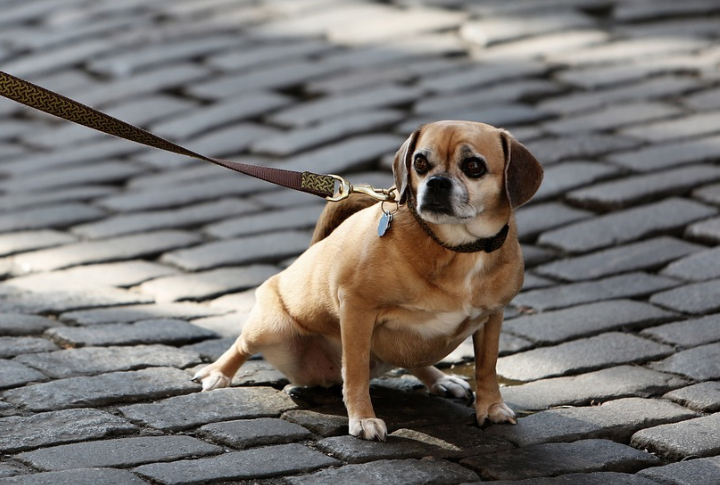
A walk should be a time of excitement, not fear. Your pooch suddenly freezes mid-walk or refuses to move; something is off. Some walkers use rough leash corrections to create fear and confusion. A once-eager walker turning hesitant or erratic may be reacting to past mistreatment.
GPS Tracker Shows Odd Routes

Technology doesn’t lie. Take a closer look at whether the pet’s GPS tracker shows frequent stops in random places or much shorter walks than expected. Some walkers cut corners, take dogs back early, or leave them tied up outside. If the route doesn’t match the promised service, question it.
Neighbors Report Rough Handling

People see more than you think. A neighbor casually mentioning your pup being dragged or left alone isn’t gossip. It’s a warning. Pets can’t speak, but concerned bystanders can. Since multiple people express concern, take it seriously. Mistreatment often happens when no one is watching, but sometimes, someone does.
Damaged Pet Supplies
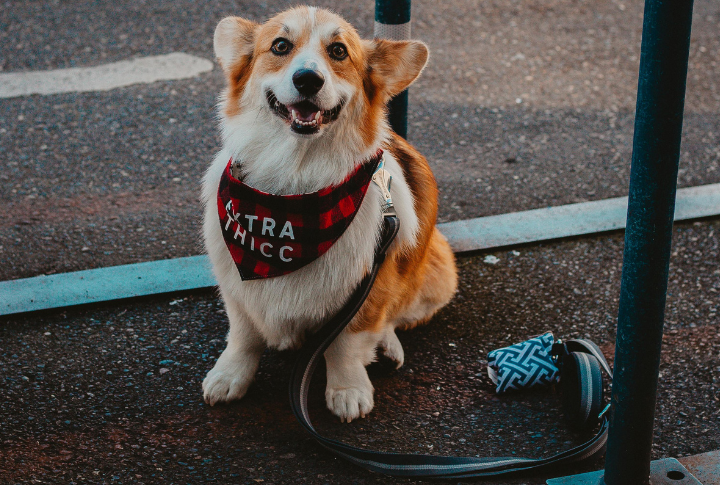
Leashes don’t fray overnight, and harnesses don’t snap without reason. If your pet’s gear keeps coming back damaged or missing, that’s a sign of rough handling or carelessness. Walkers who aren’t gentle may yank leashes too hard or allow unsafe situations. Pay attention to wear and tear. It tells a story.
Overly Exhausted

A good walk leaves a pet relaxed, not utterly drained. When your companion returns home panting heavily or sleeping far more than usual, you should consider why. Some walkers push pets too hard, take on too many at once, or even neglect water breaks. Watch for exhaustion. It’s not normal.



